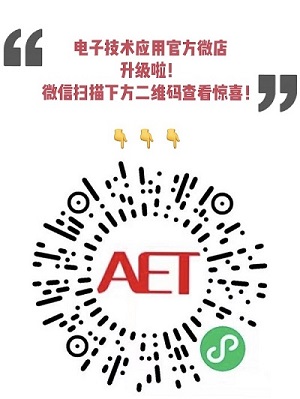人工智能时代反垄断法的挑战:算法共谋的竞争威胁与制度构建
网络安全与数据治理 11期
刘奕麟
(吉林大学法学院,吉林长春130000)
摘要: 算法共谋对市场造成的威胁主要表现为:一方面,轴辐算法通过使用相同的第三方平台来决定他们的定价策略,从而形成一个轮辐机制,促进了信息的交换;另一方面,自学习算法可以在没有信息共享或明确的协调行为的情形下,达成隐蔽的自主性共谋以促成规避竞争的效果。而目前反垄断法的分析框架在解决算法共谋的认定问题上掣襟露肘。主要表现为:算法共谋在技术上存在着隐蔽性并难以证明,串通行为的认定存在争议,算法共谋的归责标准缺位。首先,在制度层面,既要注重公平竞争与消费者保护,也要兼顾效率目标,来开展算法技术创新和发展。其次,在技术标准层面,扩展更新现有标准中关于串通的定义和协同行为的认定范围,解决算法黑箱与算法共谋的隐蔽性问题。最后,构建和明确算法共谋的责任归属,经营者对算法共谋结果的疏忽可以被解释为具有反竞争的意图。
中图分类号:D922
文献标识码:A
DOI:10.19358/j.issn.2097-1788.2023.11.011
引用格式:刘奕麟.人工智能时代反垄断法的挑战:算法共谋的竞争威胁与制度构建[J].网络安全与数据治理,2023,42(11):58-63,79.
文献标识码:A
DOI:10.19358/j.issn.2097-1788.2023.11.011
引用格式:刘奕麟.人工智能时代反垄断法的挑战:算法共谋的竞争威胁与制度构建[J].网络安全与数据治理,2023,42(11):58-63,79.
The challenge of Antitrust Law in the AI era: the competitive threat of algorithmic collusion and rule improvement
Liu Yilin
(School of Law, Jilin University, Changchun 130000,China)
Abstract: Algorithmic collusion poses a threat to the marketplace in that, on the one hand, Hub and Spoke Complicity uses the same third-party platforms to determine their pricing strategies, thus creating a Hub-and-Spoke setup that facilitates the exchange of information; on the other hand, Digital Eye can enter into covert autonomous conspiracies to facilitate competition avoidance without information sharing or explicit coordination behavior. The current analytical framework of Antitrust Law is limited in addressing the issue of algorithmic conspiracy. This dilemma is mainly manifested by the technical concealment and difficulty in proving algorithmic collusion, the controversial determination of collusion, and the lack of attribution criteria for algorithmic conspiracy. Therefore, at the level of institutional improvement, it is necessary to take into account both fair competition and consumer protection as well as efficiency goals, and not to inhibit the technological innovation and development of algorithms. Secondly, it is necessary to expand and update the definition of collusion and the criteria for identifying collaborative behavior in the existing regulations, so as to technically solve the problem of the concealment of algorithmic black box and algorithmic collusion. Finally, construct and clarify the attribution of responsibility for algorithmic collusion, and the operator′s negligence in the result of algorithmic collusion can be interpreted as having the intention to restrict competition.
Key words : algorithmic collusion; cooperative behavior; Hub and Spoke Complicity; self-learning algorithm; antitrust law
1算法共谋对市场竞争的挑战
算法本质上是将输入转换为输出的一系列操作。在OECD 2017年的研究报告中,将算法定义为:“算法是一组明确的、精确的、简单操作的列表,这些操作被机械地和系统地应用于一组指令或物体,例如,国际象棋棋子的配置、数字、蛋糕成分等。”指令的初始状态是输入,最后的状态是输出。[1]算法基于其开发和使用目的的不同,可以按照其功能类型进行有效的分类,具体可以划分为11个类别[2],如表1所示。

本文下载请点击:人工智能时代反垄断法的挑战:算法共谋的竞争威胁与制度构建AET-电子技术应用-最丰富的电子设计资源平台 (chinaaet.com)
作者信息:
刘奕麟
(吉林大学法学院,吉林长春130000)

此内容为AET网站原创,未经授权禁止转载。

